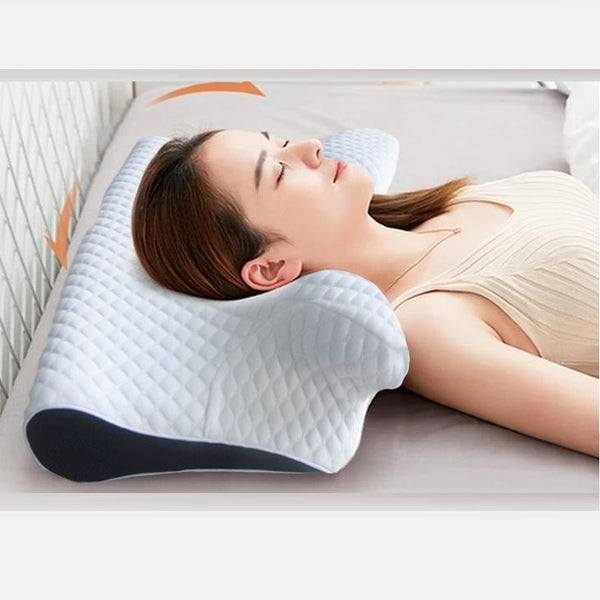What Is Dmi Therapy
What Is Dmi Therapy is a therapeutic technique employed by physical therapists to address motor delays in children. This approach focuses on enhancing automatic postural responses and guiding children toward achieving crucial developmental milestones. DMI aims to trigger specific active motor responses in children through prescribed dynamic exercises, drawing from current research on neurorehabilitation. It harnesses the potential of neuroplasticity to stimulate new neuronal connections and support the development of essential gross motor milestones.
Eligibility for DMI
DMI is inclusive and can benefit all children, irrespective of their cognitive level or neurological challenges. This therapy is suitable for children with various diagnoses, including Down Syndrome, Cerebral palsy, global developmental delay, hypotonia, torticollis, chromosomal/genetic disorders, spinal cord injuries, or acquired brain injuries.
The DMI Process
Once a child undergoes an initial assessment, a certified DMI therapist identifies areas of motor deficit to guide treatment. The chosen exercises are designed to challenge the child’s neurological system and facilitate the development of fundamental milestones. These exercises involve movements against gravity, varying levels of support, encouragement of milestone-related movements, and postural and strength challenges.
Each exercise is performed five times during a session, with repetition continuing until the movements become automatic. These automatic movements translate into improved balance and functionality. Additionally, other therapeutic techniques may be integrated into the session to enhance proper alignment and outcomes.
Read More : Which Condition Requires Expert Medical Help
DMI Focus Areas
Dynamic Movement Intervention centers around several core elements:
- Gross Motor Skills: DMI enhances children’s gross motor skills by fostering automatic motor movement, promoting neurological maturity.
- Gradual Progression: The therapy progressively increases challenges to encourage independent responses from the child.
- Alignment and Postural Control: All exercises emphasize optimal anatomical alignment and stimulate postural control and verticality.
- Range of Motion: Muscle and joint range of motion is improved through dynamic and functional stretching.
- Balance: Improved balance is a consistent outcome of most DMI exercises.
- Functional Movements: DMI focuses on enhancing actions and skills that lead to achieving milestones such as rolling, sitting, standing, and walking.
- Somatosensory Development: The exercises provide robust sensory input, sending messages to the brain to create specialized synapses that fine-tune balance, muscle control, and movement.
- Modifying Tone and Reflexes: DMI aims to normalize movement patterns in children with neurological dysfunction, aiding in the integration of disruptive primitive reflexes.
- Global Development: While DMI primarily targets gross motor skills, it often leads to the development of various other skills as a natural outcome.
Currently, we have two certified therapists, Ciera PT, DPT, and Haley PT, DPT, along with Colleen, PTA, who have received their level A certification. We plan to expand our team of certified therapists to meet the growing demand for DMI services and provide more certification opportunities in the future.
Read More : Why Would A Child Need Occupational Therapy




